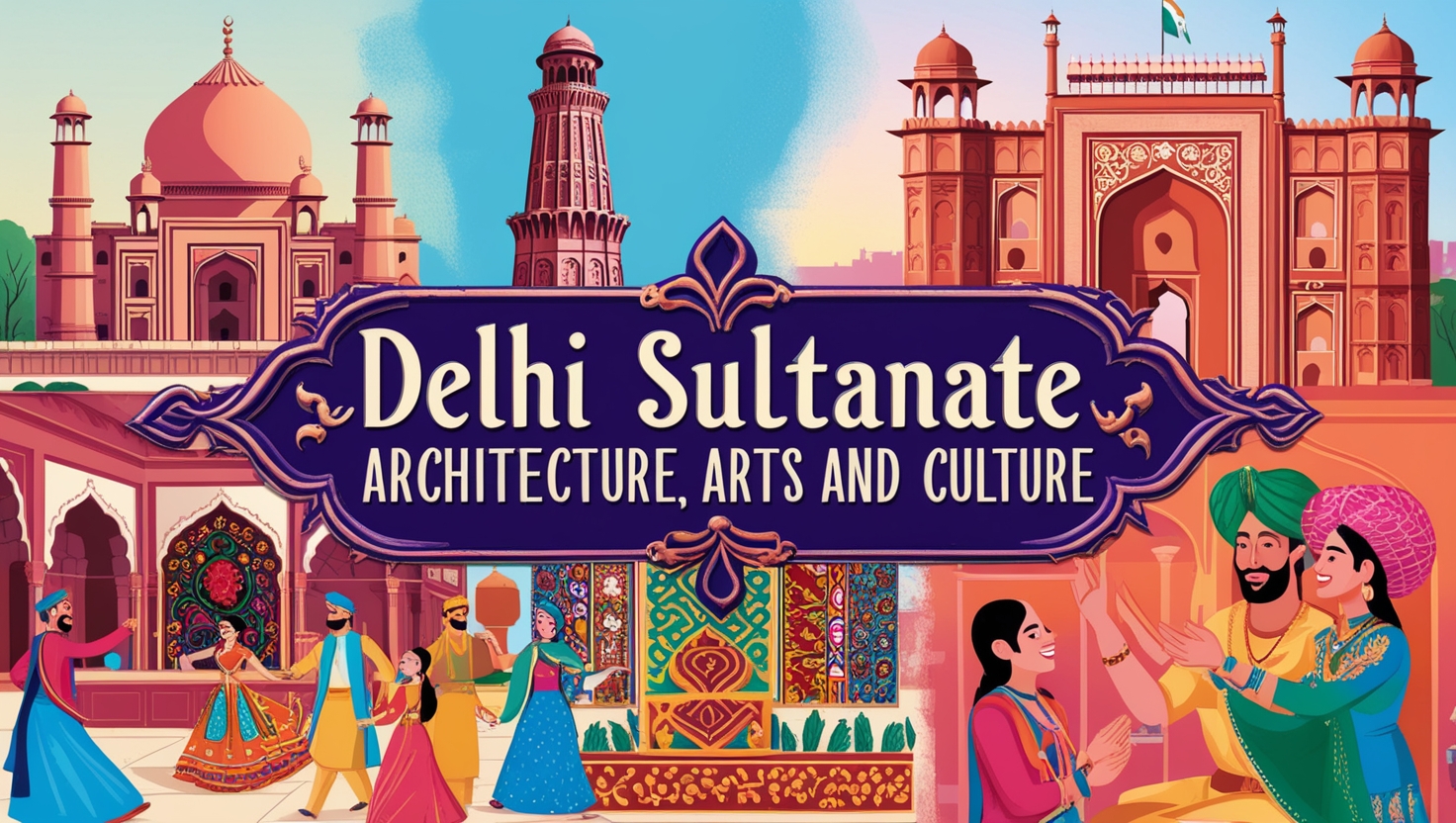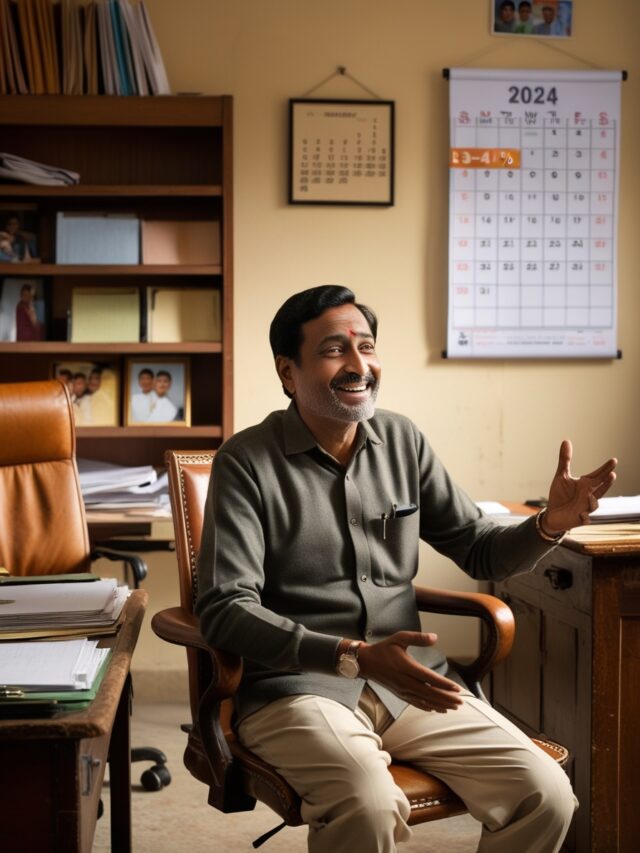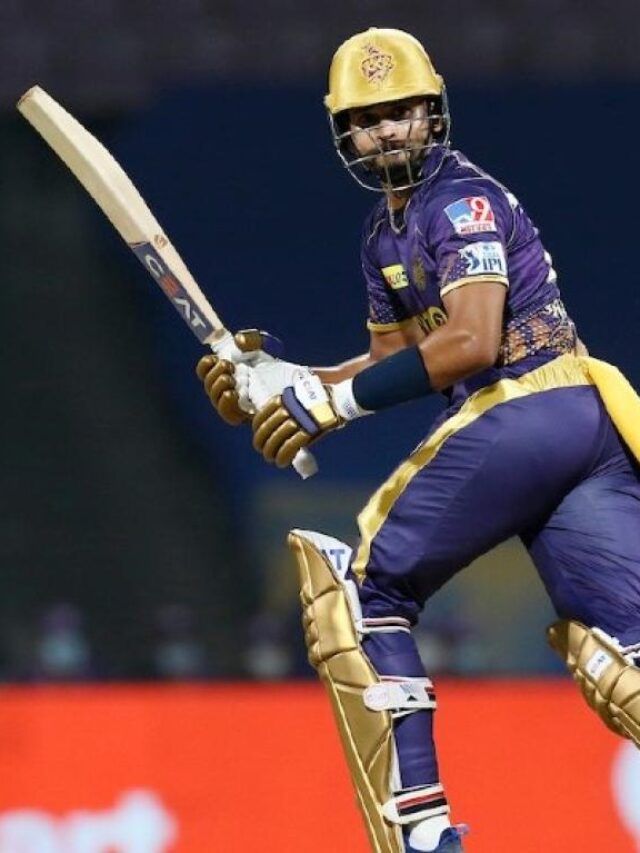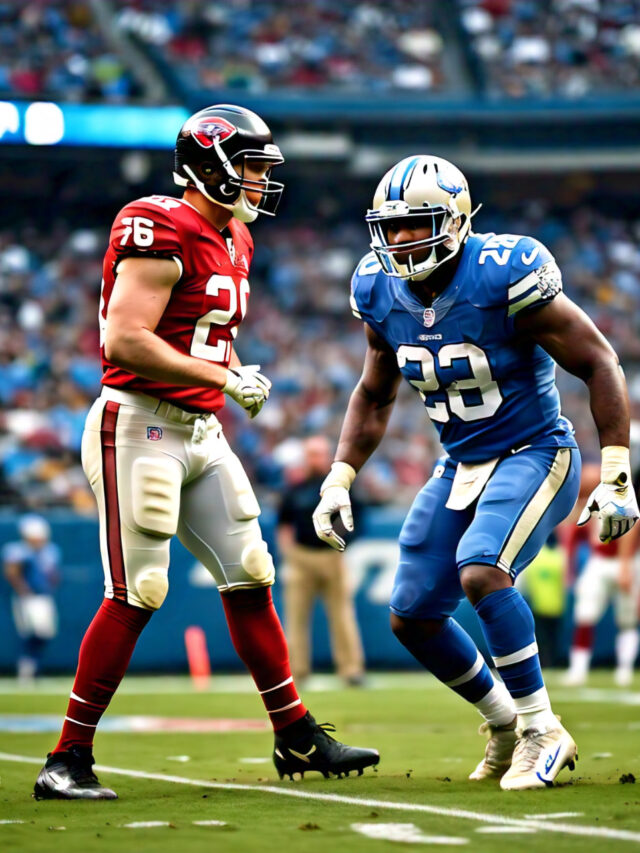
1. Hasan Nizami” and “Fakh-e-Mudabbir” were the court poets of which ruler of the Mamluk Sultanate?
- Qutb-ud-din Aybak
- Iltutmish
- Balban
- Razia
Show Answer
Answer: Qutb-ud-din Aybak
Hasan Nizami and Fakh-e-Mudabbir, both Persian language scholars, served under Qutb-ud-din Aybak, the first Sultan of Delhi in the early 13th century. Hasan Nizami was a poet and historian, and Fakh-e-Mudabbir was an author and courtier. Their contributions in the field of literature and historical writings are significant and include works dedicated to Aybak’s reign.
2. Who wrote the famous Hindi work “Padmavat”?
- Malik Muhammad Jayasi
- Abdul Rahim Khan-I-Khana
- Amir Khusro
- Bulleh Shah
Show Answer
Answer: Malik Muhammad Jayasi
“Padmavat” is an epic poem written by Malik Muhammad Jayasi, a Sufi poet, in the 16th century. The poem is renowned for its portrayal of the beauty of Queen Padmavati and the concept of Jauhar (mass self-immolation) during the siege of Chittorgarh by Alauddin Khilji.
3. Which of the following rulers built the Gujri Mahal in Hissar, Haryana?
- Muhammad Bin Tughlaq
- Feroz Shah Tughlaq
- Ala ud din Khilji
- Qutub ud din Mubarak Shah
Show Answer
Answer: Feroz Shah Tughlaq
The Gujjari Mahal, built by Feroz Shah Tughlaq, was dedicated to Gujri Rani, a woman from Hisar whom Feroz Shah Tughlaq fell in love with. It’s an example of the architectural influence of love and affection during the Tughlaq period.
4. Who among the following is the Persian mathematician and poet-composer of the world-famous Rubaiyat?
- Omar Khayyám
- Muhammad Iqbal
- Sultan Bahu
- Mirza Ghalib
Show Answer
Answer: Omar Khayyám
“Rubaiyat” is a collection of Persian poems written by Omar Khayyam, a renowned Persian poet, mathematician, and philosopher. His poems often explore themes of life, fate, and the human condition.
5. Who among the following shifted the pillars from Topra and Meerut to New Delhi?
- Ghayasuddin Tughlaq
- Muhammad Bin Tughlaq
- Ferozshah Tughlaq
- None of them
Show Answer
Answer: Feroz Shah Tughlaq
Feroz Shah Tughlaq indeed relocated the iron pillars from Topra and Meerut to Delhi. These pillars are associated with the reign of Ashoka, the Mauryan Emperor, and are known for their inscriptions.
6. Octagonal shape of mausoleums is the distinctive feature of which of the following dynasties of Medieval India?
- Khalji
- Tughlaq
- Sayyid
- Lodi
Show Answer
Answer: Lodi
The octagonal shape of mausoleums is a distinctive architectural feature associated with the Lodi dynasty in India. The Lodi rulers introduced this design element, and it is commonly seen in their tombs, such as the tomb of Sikandar Lodi.
7. Consider the following statements: Neither the arch nor the dome was a Turkish or Muslim invention. The Turkish rulers employed not only the arch & Dome method but also the slab & beam method on a wide scale in India. Which among the above statements is/are correct?
- Only 1
- Only 2
- Both 1 & 2
- Neither 1 nor 2
Show Answer
Answer: Both 1 & 2
The Turks did use arches and domes extensively in their architecture, but these architectural elements were not their inventions. The use of arches and domes in construction was known in various civilizations, including India, before the arrival of the Turks.
8. Which of the following was/were the new elements added by Muslims to Indian Architecture?
1. Use of Calligraphy
2. Use of shapes instead of natural forms
3. Dome Choose the right option:
- Only 1 and 2
- Only 2 and 3
- Both 1 and 3
- all 1,2, and 3
Show Answer
Answer: all 1,2, and 3
The new elements added by Muslims to Indian architecture include the use of shapes instead of natural forms, use of calligraphy as inscriptional art, and the dome. The Indo-Islamic architecture incorporated elements of various architectural styles and traditions, creating a unique fusion of cultures in India.
9. Which of the following monuments was built by Emperor Babur to mark his victory over Sultan Ibrahim Lodhi at the first battle of Panipat?
- Buland Darwaza
- Kabuli Bagh Mosque
- Alai Darwaza
- Juma Mosque
Show Answer
Answer: Kabuli Bagh Mosque
The Kabuli Bagh Mosque was constructed by Emperor Babur to commemorate his victory over Sultan Ibrahim Lodhi in the First Battle of Panipat in 1526. It is named after Babur’s wife, Kabuli Begum.
10. Who patronized scholars like Hasan Nizami and Fakhr-i-Mudabbir?
- Iltutmish
- Balban
- Muhammad-bin-Tughlaq
- Qutubuddin Aibak
Show Answer
Answer: Qutubuddin Aibak
Qutub-ud-din Aibak, the first Sultan of Delhi, indeed patronized scholars such as Hasan Nizami and Fakhr-i-Mudabbir, who dedicated their works to him. This patronage of scholars contributed to the intellectual and cultural development during his reign.
Q11: From where did the Turks borrow the arch and dome style of architecture?
1. Byzantine empire
2. Rajasthani style of architecture
3. Persian architecture
4. Chinese architecture
Show Answer
Answer: 1
Explanation: The architectural style involving the use of arches and domes was not borrowed solely from the Byzantine Empire; it had already existed in various parts of the world. The arrival of the Turks further popularized these architectural elements in the Indian subcontinent.
Q12: Which of the following built the first mosque in India, the ‘Quwwat-ul-Islam’ (Delhi)?
1. Iltutmish
2. Balban
3. Qutub-ud-din Aibak
4. Kaiqubad
Show Answer
Answer: 3
Explanation: The Quwwat-ul-Islam Mosque was commissioned by Qutub-ud-din Aibak and built after the destruction of 27 Hindu and Jain temples. It stands as a historical example of repurposing older structures for Islamic architecture.
Q13: Safarnama Rehla was written by which of the following authors?
1. Fakhruddin
2. Ibn Batuta
3. Amir Khusrau
4. Minhaj-us-Siraj
Show Answer
Answer: 2
Explanation: Ibn Battuta was a famous Berber Moroccan scholar and traveler. He visited India during the reign of Muhammad Bin Tughlaq and documented his extensive travels in the book Rihla or Safarnama, offering insights into Indian society during the Sultanate period.
Q14: Which of the following rulers constructed the Jahaz Mahal?
1. Alp Khan
2. Alp Khan Zafar Khan
3. Ghiyas-ud-Din Ahmad Shah
4. None of them
Show Answer
Answer: 3
Explanation: Ghiyas-ud-Din was the son and successor of Mahmud Khalji. He constructed the Jahaz Mahal in Mandu, intended for the housing of the women in his harem. Ghiyas-ud-Din Khalji was defeated by Rana Raimal of Chittor.
Q15: Which of the following statements is correct about Mandu architecture?
1. Use of a lofty plinth.
2. Structures are relatively smaller in height.
3. Large Scale use of colored and glazed tiles.
1. Only 1 & 2
2. Only 2 & 3
3. Only 1 & 3
4. 1, 2, & 3
Show Answer
Answer: 4
Explanation: Mandu architecture exhibits distinct characteristics, with lofty plinths, relatively shorter building heights, and the widespread use of colored and glazed tiles. This architectural style contributed to the unique appearance of structures in Mandu.
Q16: Which of the following was the author of Alhakhand?
1. Chand Bardoi
2. Baba Gorakhnath
3. Amir Khusrau
4. Jagnayak
Show Answer
Answer: 4
Explanation: Jagnayak authored Alhakhand, a work that describes the heroic deeds of Alha and Udal, while Chand Bardai is known for composing the Prithviraj Raso. Both these works capture the chivalrous and historical aspects of the time.
Q17: Which of the following constructed a palace in Delhi called the Kushk-i-Lal?
1. Qutubuddin Aibak
2. Iltutmish
3. Aram Shah
4. Balban
Show Answer
Answer: 4
Explanation: Before ascending the throne, Balban constructed the Kushk-i-Lal palace in Delhi, and after becoming the king, he initiated the construction of the Qila-i-Marzghan near this palace, serving various administrative purposes.
Q18: In which tomb, for the first time, can we see the fully mature shape of the double dome?
1. Tomb of Tansen
2. Humayun tomb
3. Hazira Maqbara
4. Gulab Bari
Show Answer
Answer: 2
Explanation: In India, we can see the fully developed form of the double dome in Humayun’s tomb for the first time.
Q19: Which building of the Delhi Sultanate period is the first example of a true arch?
1. Alai Minar
2. Tomb of Balban
3. Alai Darwaza
4. Alauddin Khilji’s tomb
Show Answer
Answer: 2
Explanation: The first example of a true arch is the tomb of Balban, and it is located in the Mehrauli archaeological park.
Q20: Which monument built during the Delhi Sultanate period is the finest example of the synthesis of dome, arch, slab, and beam?
1. Moth Masjid
2. Lodhi Garden
3. Bara Khan
4. Chota Khan
Show Answer
Answer: 2
Explanation: The finest example of the synthesis of arch, dome, beam, and slab is the Lodhi Garden.
Q21: ‘Rahat’ refers to which of the following?
1. Persian wheel
2. Fabric
3. Weapon
4. Armour
Show Answer
Answer: 1
Explanation: ‘Rahat’ refers to the Persian wheel through which water could be lifted from a deeper level for the purpose of irrigation. It was very much in vogue during the time of Turkish rule.
Q22: Which of the following started the festival of ‘Nauroz’?
1. Il tutmish
2. Ghiyas ud din Balban
3. Firozshah Tughlaq
4. Alauddin Khilji
Show Answer
Answer: 2
Explanation: The sultans of the Delhi Sultanate built lofty palaces, gave expensive gifts to the nobility and others on occasions such as the sultan’s birthday, Nauroz, which was the Persian New Year and coronation ceremonies. Nauroz was introduced by Balban.
Q23: Which of the following introduced arches, domes, lofty towers, or minarets and decorations using the Arabic script in India?
1. Arabs
2. Iranians
3. Turks
4. Chinese
Show Answer
Answer: 3
Explanation: The art and architecture of the Delhi Sultanate period was different from the Indian style of architecture. Arches, domes, lofty towers, or minarets and decorations using the Arabic script were introduced by the Turks.
Q24: The palace complex called Tughlaqabad with its beautiful lake was built during the period of which of the following Sultans?
1. Ghyasuddin Tughlaq
2. Firozshah Tughlaq
3. Alauddin Khilji
4. Ibrahim Lodhi
Show Answer
Answer: 1
Explanation: The palace complex known as Tughlaqabad with its beautiful lake was built during the period of Ghyasuddin Tughlaq. Muhammad bin Tughlaq also built the tomb of Ghyasuddin on a high platform.
Q25: The Kotla fort at Delhi was the creation of which of the following?
1. Ghyasuddin Tughlaq
2. Firozshah Tughlaq
3. Sikander Lodhi
4. Ibrahim Lodhi
Show Answer
Answer: 2
Explanation: Muhammad bin Tughlaq of the Tughlaq dynasty built the tomb of Ghyasuddin on a high platform, whereas the Kotla fort at Delhi was the creation of Firozshah Tughlaq. The Lodhi garden of Delhi is an example of the architecture of the Lodhis.
Q26: Which of the following regions evolved as a great centre of Sanskrit learning during the Delhi Sultanate period?
1. Prayag
2. Gujarat
3. Mewar
4. Assam
Show Answer
Answer: 2
Explanation: Gujarat evolved as a great centre of Sanskrit learning during the Delhi Sultanate period, whereas Mithila became famous for juristic learning. Vikramasila and Navadvipa grew as centres for the study of logic.
Q27: Which of the following was the author of Sangitaraja?
1. Hemachandra Suri
2. Vijnanesvara
3. Raja Kumbha
4. None of the above
Show Answer
Answer: 3
Explanation: The most outstanding figure in Rajputana was that of Kumbha. He was the author of Sangitaraja, an encyclopedic work on music. Vijnanesvara is famous for commentary on Mitakshara.







